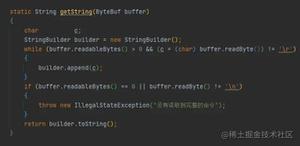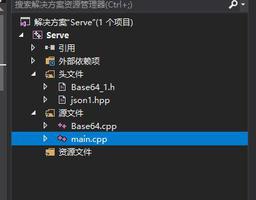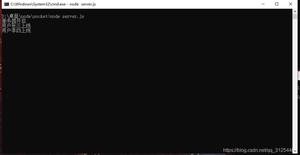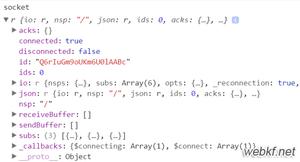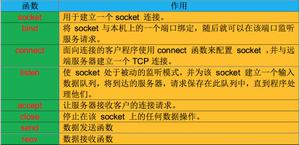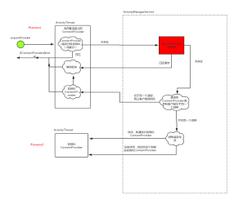通过socket.id向客户端发送消息
我只能在用户的套接字ID直接存储在io.sockets.on(’connect’)函数中时向用户发出消息。我不知道为什么在登录后尝试存储其套接字ID时为什么不起作用。
var clients = {}; /** A new socket connection has been accepted */
io.sockets.on('connection', function (socket)
{
//Used to access session id
var hs = socket.handshake;
clients[socket.id] = socket; // add the client data to the hash
users['brownj2'] = socket.id; // connected user with its socket.id
socket.on('user-login', function(user){
if(!users[username]){
//users[username] = socket.id; // connected user with its socket.id
}
})
socket.on('page-load', function(pid)
{
if(users['brownj2'])
{
clients[users['brownj2']].emit('hello');
}
else
{
console.log("NOT FOUND BROWNJ2");
}
}
}
var clients = {}; /** A new socket connection has been accepted */
io.sockets.on('connection', function (socket)
{
//Used to access session id
var hs = socket.handshake;
clients[socket.id] = socket; // add the client data to the hash
socket.on('user-login', function(user){
if(!users['brownj2']){
users['brownj2'] = socket.id; // connected user with its socket.id
}
})
socket.on('page-load', function(pid)
{
if(users['brownj2'])
{
clients[users['brownj2']].emit('hello');
}
else
{
console.log("NOT FOUND BROWNJ2");
}
}
}
var socket = io.connect('');socket.on("hello", function(){
alert("Hi Jack");
console.log("WEBSOCKET RECIEVED");
})
我不得不从登录页面中删除对socket.io的引用,并将以下内容添加到io.sockets.on(’connection’)中。
var hs = socket.handshake;sessionStore.get(hs.sessionID, function(err, session){
console.log("SESSION: " + util.inspect(session));
clients[socket.id] = socket; // add the client data to the hash
validUsers[session.username] = socket.id; // connected user with its socket.id
})
回答:
您的代码存在一些问题,首先是您不应该通过Socket.IO对用户进行身份验证,您应该确保用户只有在经过身份验证后才能进行连接。如果您使用的是Express,则以下文章可以为您提供很多帮助:http : //www.danielbaulig.de/socket-
ioexpress/
另外,您应该避免像这样发送消息,因为它在内部是Socket.IO的一部分,并且可能会更改:
io.sockets.socket(id).emit('hello');相反(如果您想向特定客户端发送消息),最好保留一个对象,例如与连接的客户端(并在断开连接时删除客户端):
// the clients hash stores the sockets// the users hash stores the username of the connected user and its socket.id
io.sockets.on('connection', function (socket) {
// get the handshake and the session object
var hs = socket.handshake;
users[hs.session.username] = socket.id; // connected user with its socket.id
clients[socket.id] = socket; // add the client data to the hash
...
socket.on('disconnect', function () {
delete clients[socket.id]; // remove the client from the array
delete users[hs.session.username]; // remove connected user & socket.id
});
}
// we want at some point to send a message to user 'alex'
if (users['alex']) {
// we get the socket.id for the user alex
// and with that we can sent him a message using his socket (stored in clients)
clients[users['alex']].emit("Hello Alex, how've you been");
}
当然,io.sockets.socket(id)虽然可以工作(实际上并未测试),但由于它是Socket.IO内部的一部分,因此可以随时对其进行更改,因此上面的解决方案更加“安全”。
您可能希望在客户端代码中更改的另一件事是var socket = io.connect('');with var socket =
io.connect('http://localhost');,正如我们在Socket.IO的官方示例中看到的那样:http ://socket.io/#how-to-use
以上是 通过socket.id向客户端发送消息 的全部内容, 来源链接: utcz.com/qa/407585.html

